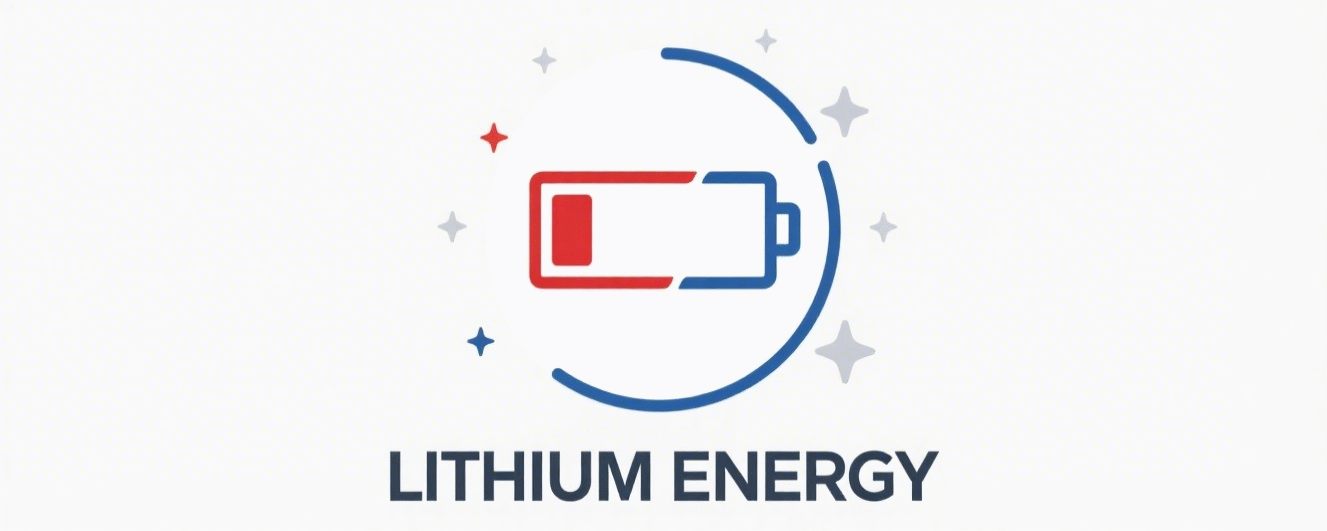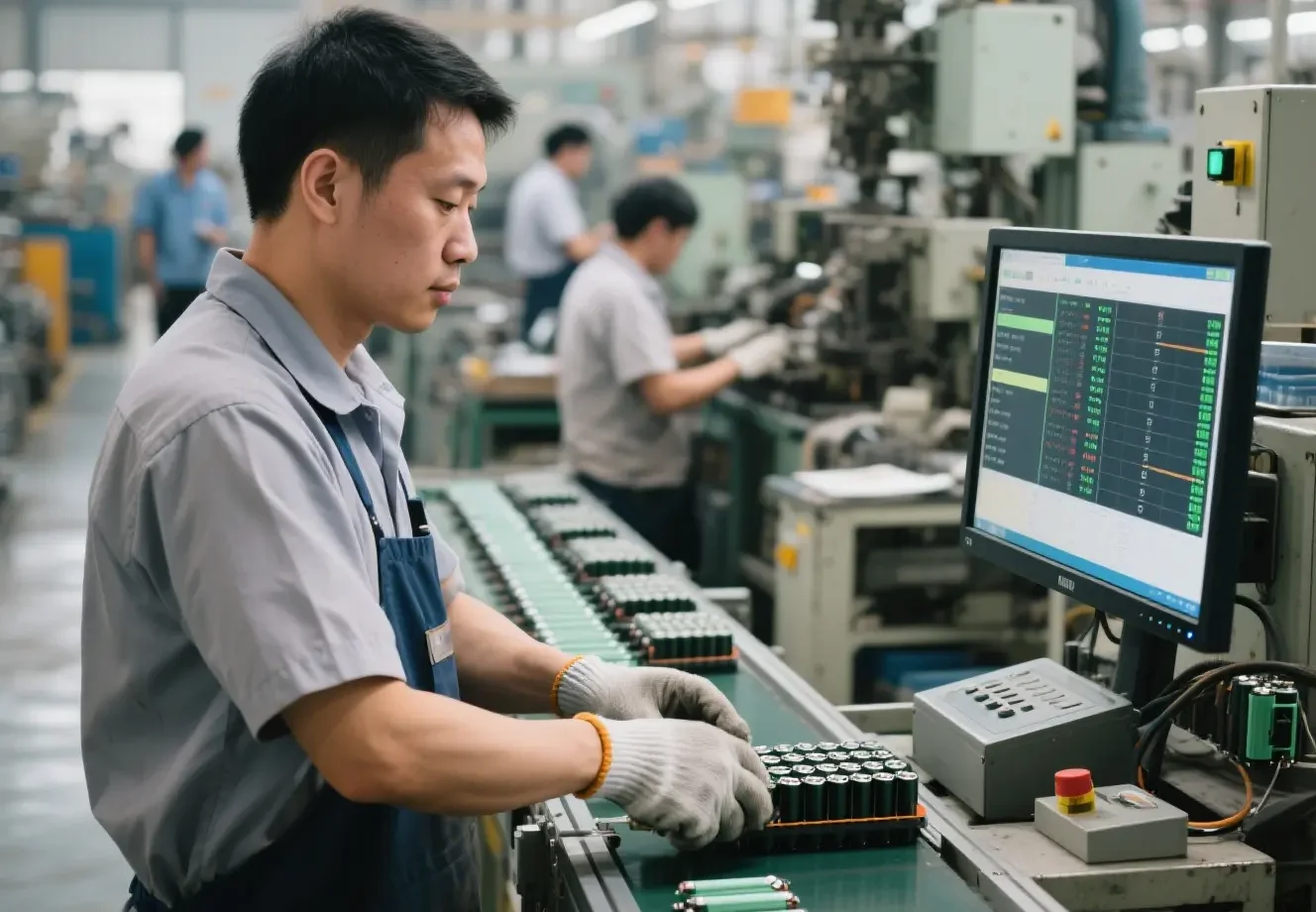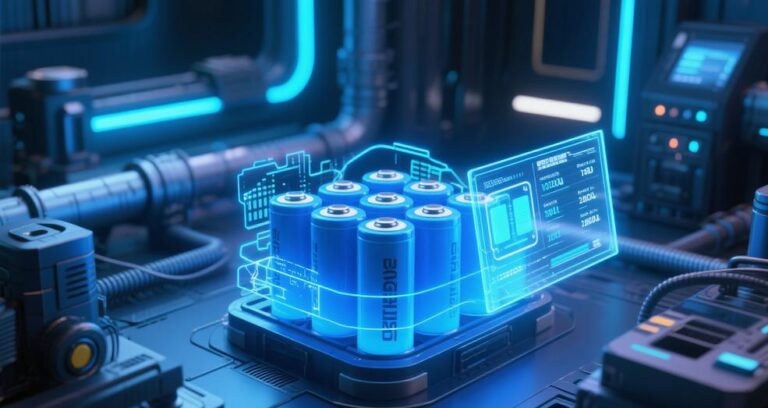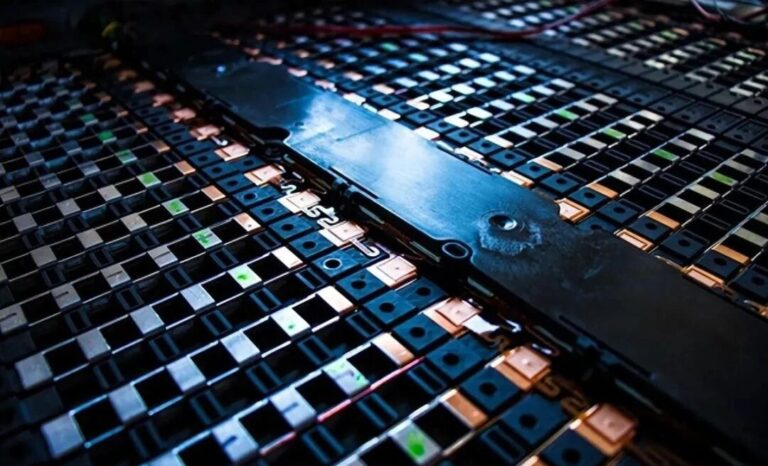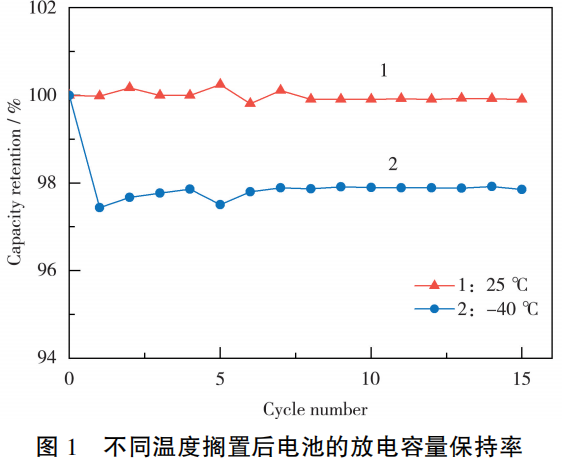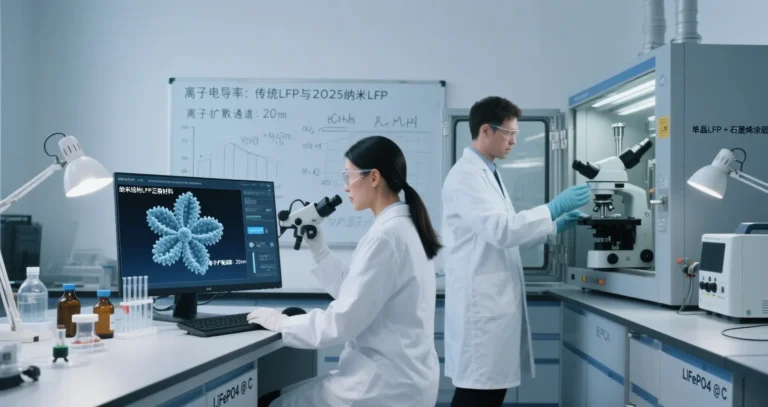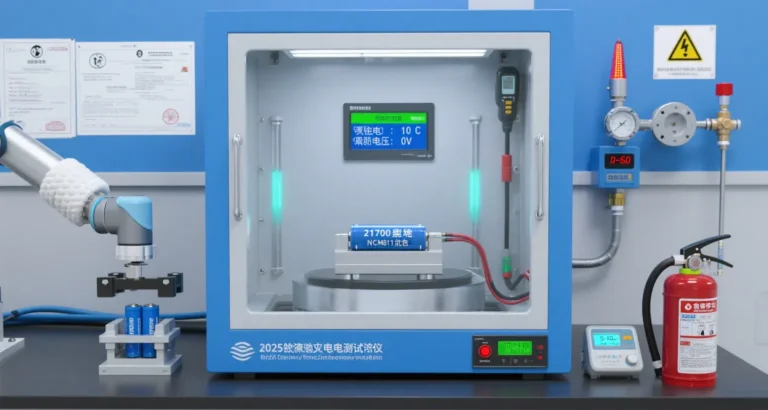Demystifying the 10 Core Parameters of Lithium Battery: A Guide to Avoiding Pitfalls for Procurement Directors
>>>Global Procurement Alert: Choosing a wrong parameter will increase the risk of equipment recall by 300%!
⚡ Parameter blindness = cost black hole! These numbers are eating away at your profits
When your suppliers only talk about capacity and voltage, these hidden parameters have become the culprits of accidents:
✅ Internal resistance >25mΩ: charge/discharge efficiency plummets by 40%, and the risk of equipment overheating ↑
✅ False labeling of cycle life: 2,000 times of commitment is actually only 800 times (caused by deep discharge)
✅ Self-discharge rate >5%/month: stock batteries will be scrapped in 3 months!
Procurement iron law: read the following 10 core parameters of lithium batteries, supply chain costs straight down 35%!
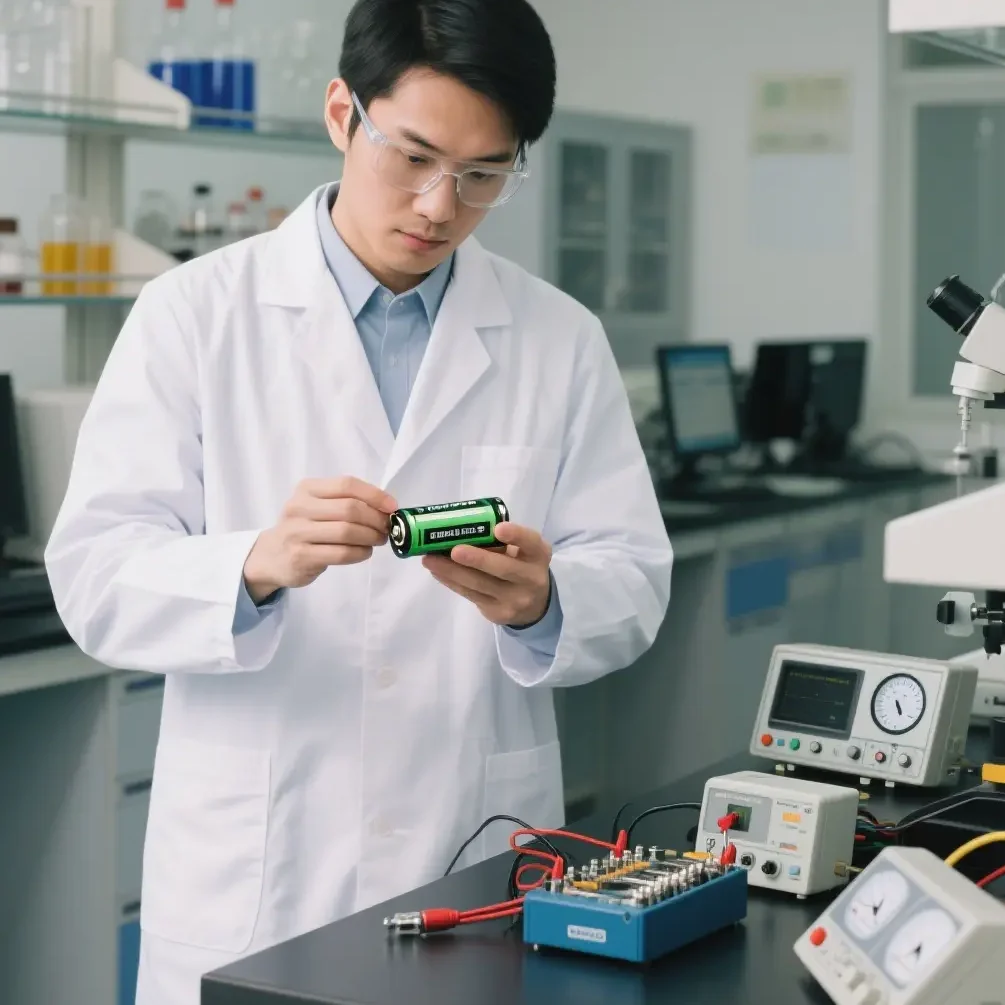
📊 Life and death parameter matrix: 3 types of performance passports that must be verified by procurement
🔥 1. Safety redline parameters (hidden killers that trigger device recalls)
| parameters | hazard threshold | Detection Methods |
|---|---|---|
| internal resistance | >25mΩ | AC impedance spectrum test (1kHz) |
| Termination Voltage | <2.5V discharge | BMS Voltage Protection Log Audit |
| operating temperature | <-20°C charge/discharge | Low temperature charge/discharge curve analysis |
A case of blood and tears: a robotics company lost $2.2 million on an Arctic project by ignoring the -30°C capacity decay rate.
⏳ 2. Li-ion Battery Life Parameters (the core of determining TCO total cost of ownership)
► Cycle life trap: must confirm test conditions!
Vernon Technologies semi-solid: 100% DoD still up to 4000 cycles (industry average: 80% DoD before daring to commit)
► Self-discharge rate: >3% per month = skyrocketing warehousing costs (add voltage monitoring labels)
🚀 3. Li-ion battery performance parameters (the key to competitive differentiation)
► Energy density:
Consumer electronics battery: ≥900Wh/L (Zhuhai Guanyu solution)
Low-altitude economy battery: ≥400Wh/kg (Vonergy all-solid-state)
► Charging time: fast charging needs to be synchronized with the verification of the temperature rise curve (>45℃ accelerated aging)
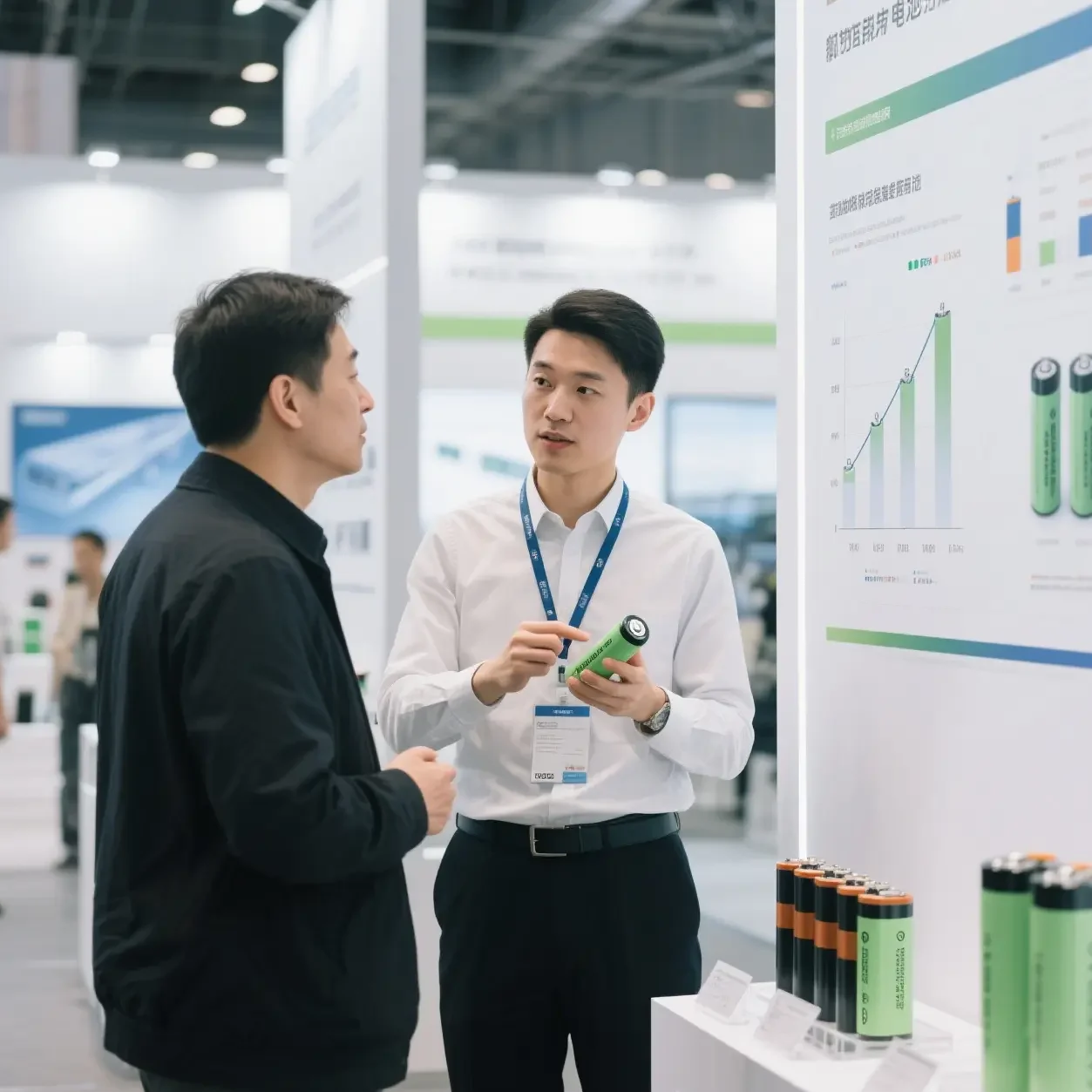
🌡️ Parameter linkage formula: 3 sets of data that must never be isolated in procurement
⚠️ Deadly combination 1: high energy density + thin diaphragm
► Case study: a drone battery 500Wh/kg caught fire due to a 15μm diaphragm puncture
► Sourcing solution: battery energy density >350Wh/kg must be paired with ceramic coated diaphragm
⚠️ Deadly Combination 2: Low Temperature Application + High Internal Resistance
► Data: Every 10mΩ increase in internal resistance at -20°C, usable capacity ↓18%
► Solution: Pre-heating system + sulfide electrolyte (92% retention rate at -20°C for Vonergy)
Procurement Decision Tree: 3 Steps to Targeting Optimal Batteries
A, equipment application scenarios –> Extreme environment –> Yes –> Focus test: operating temperature/internal resistance/low temperature discharge –> Verify third-party test reports –> Request parameter decay curves –> Sign a performance default clause
B. Equipment application scenarios –> Extreme environment –> No –> Focus on cycle life/energy density –> Verify third-party test report –> Require parameter decay curves –> Sign performance default clauses
